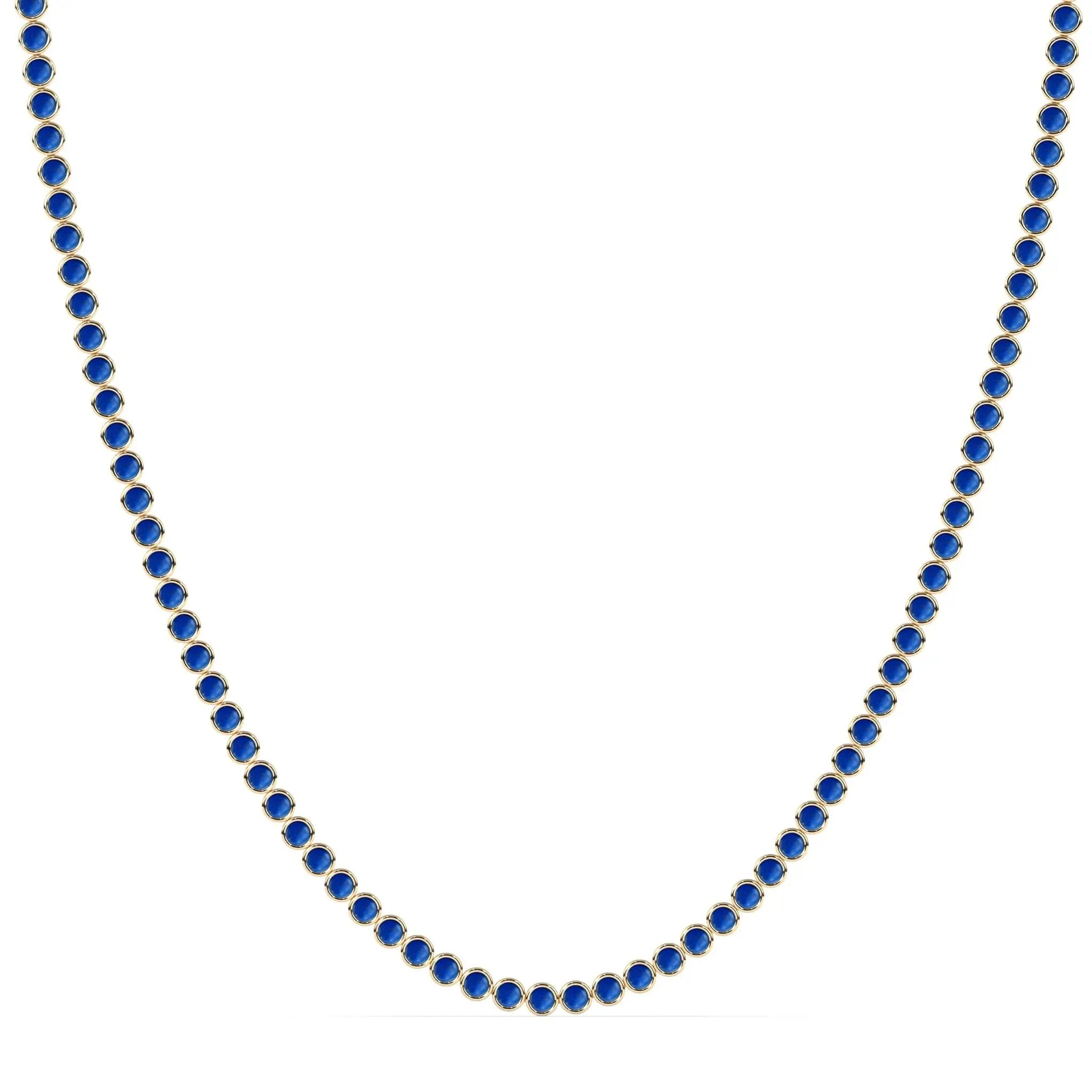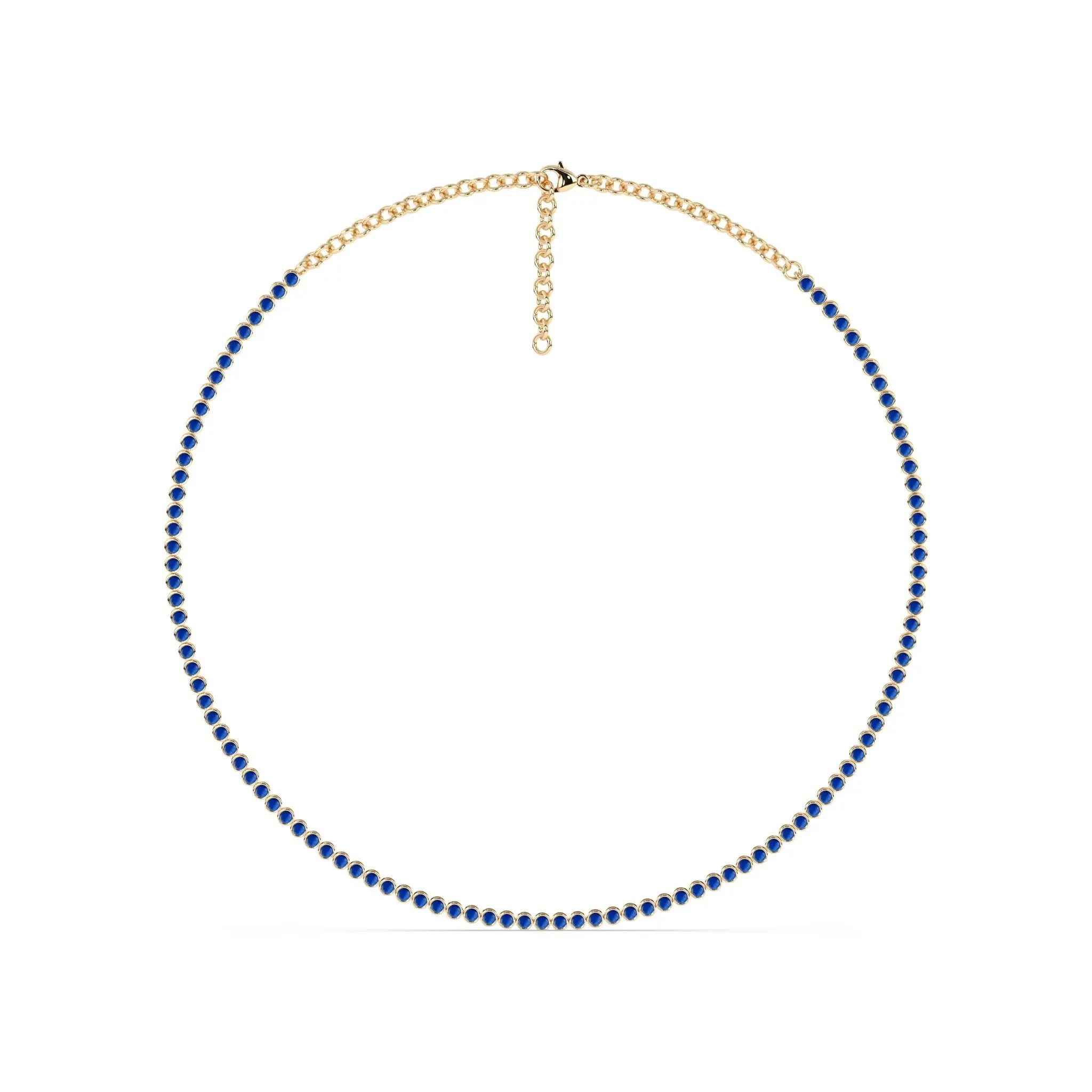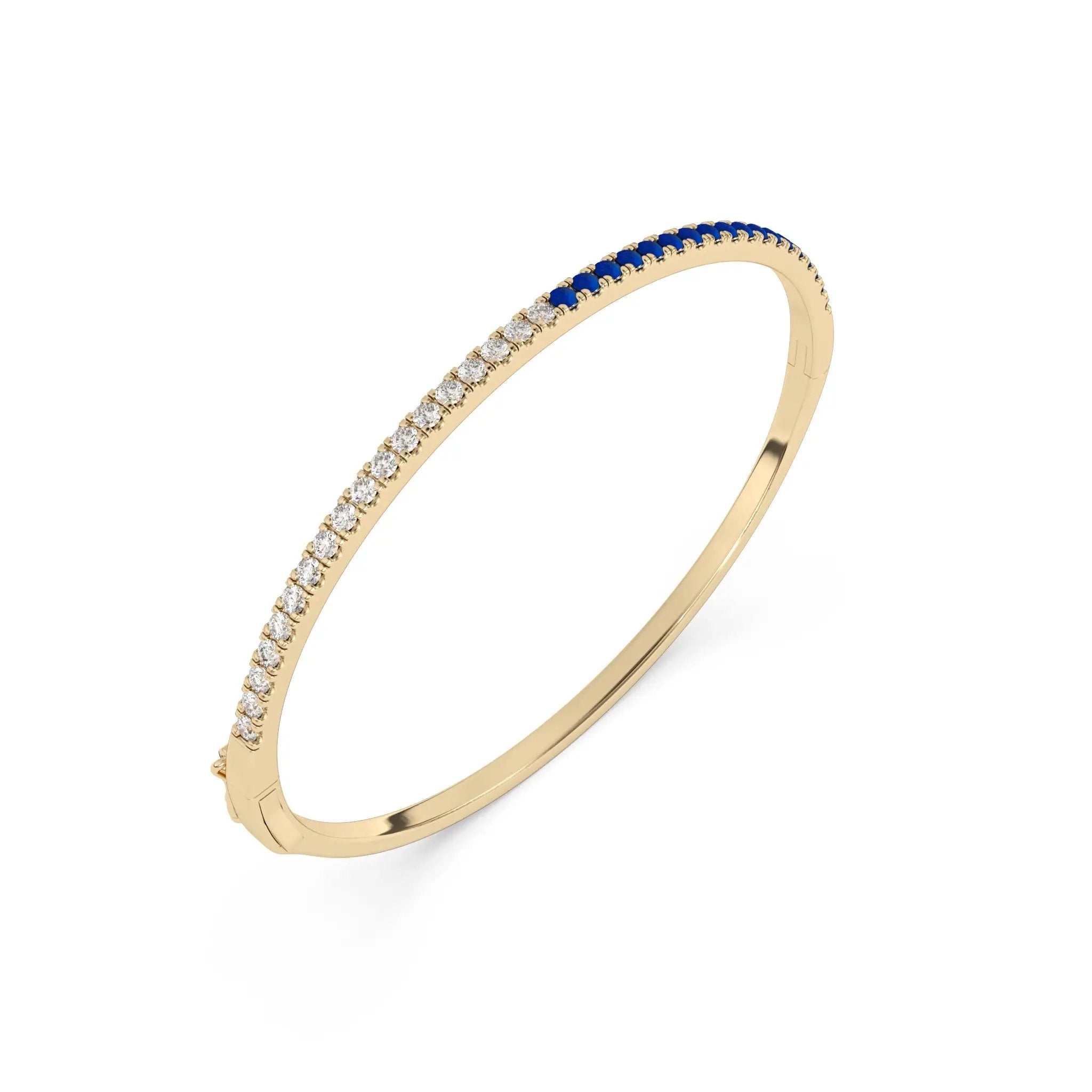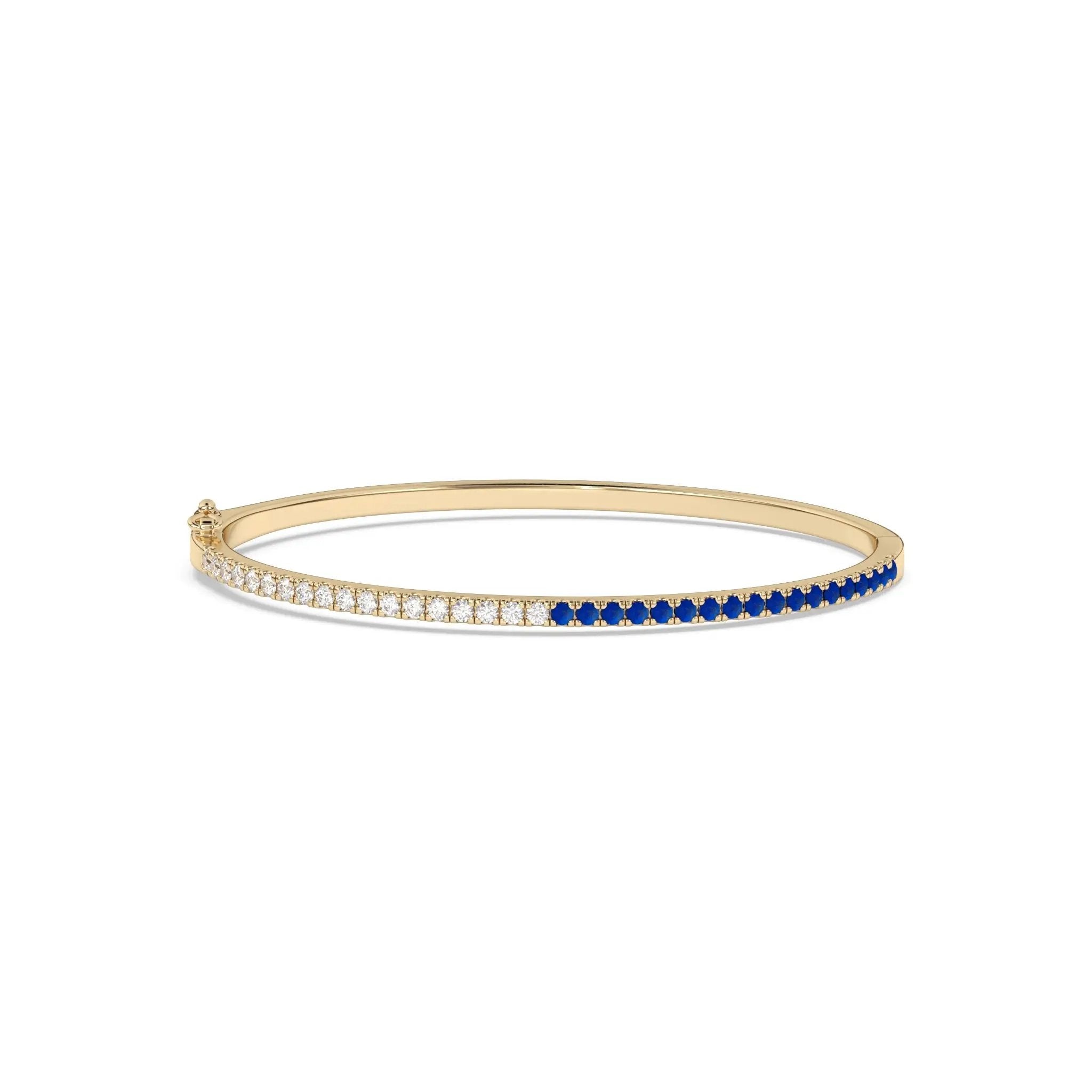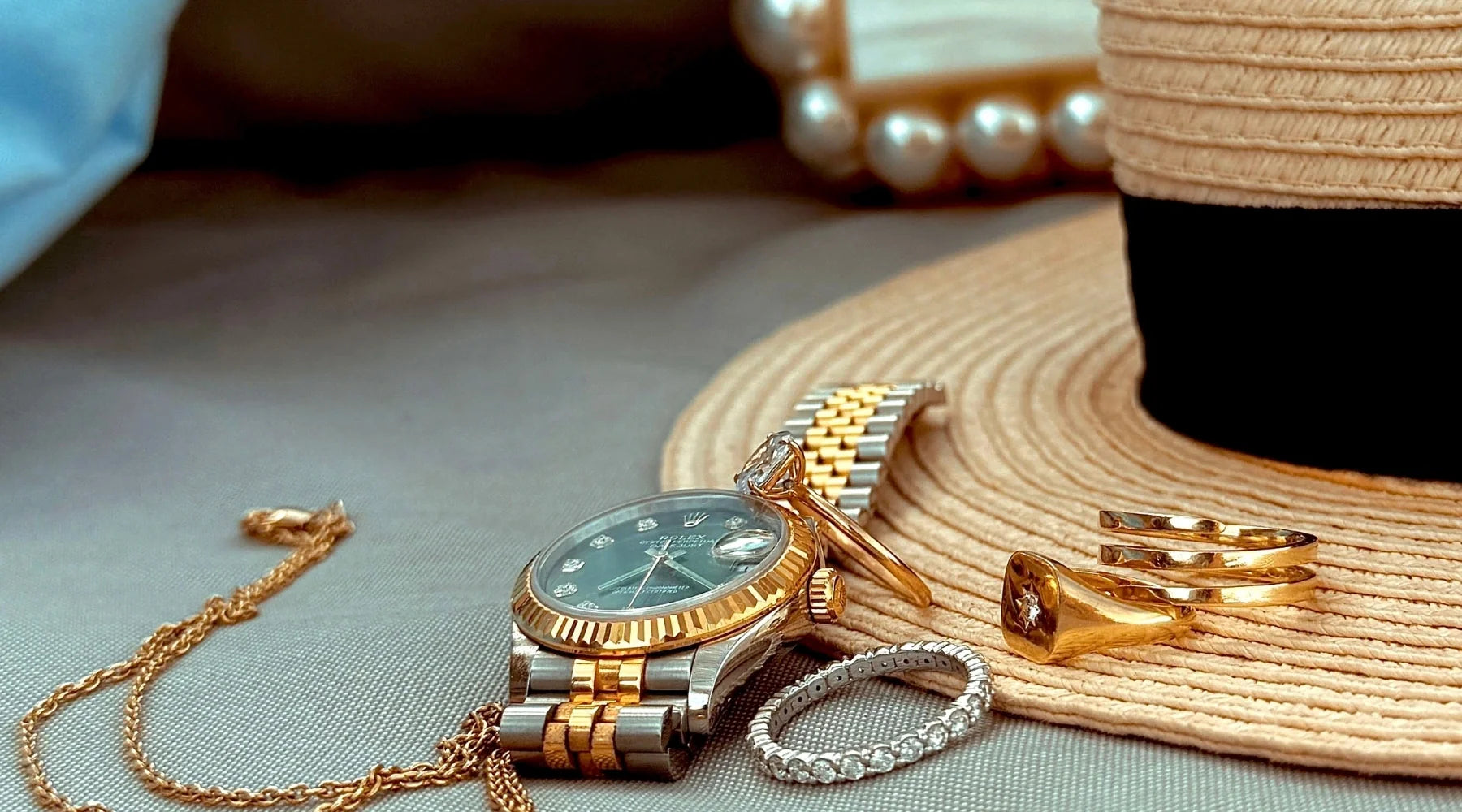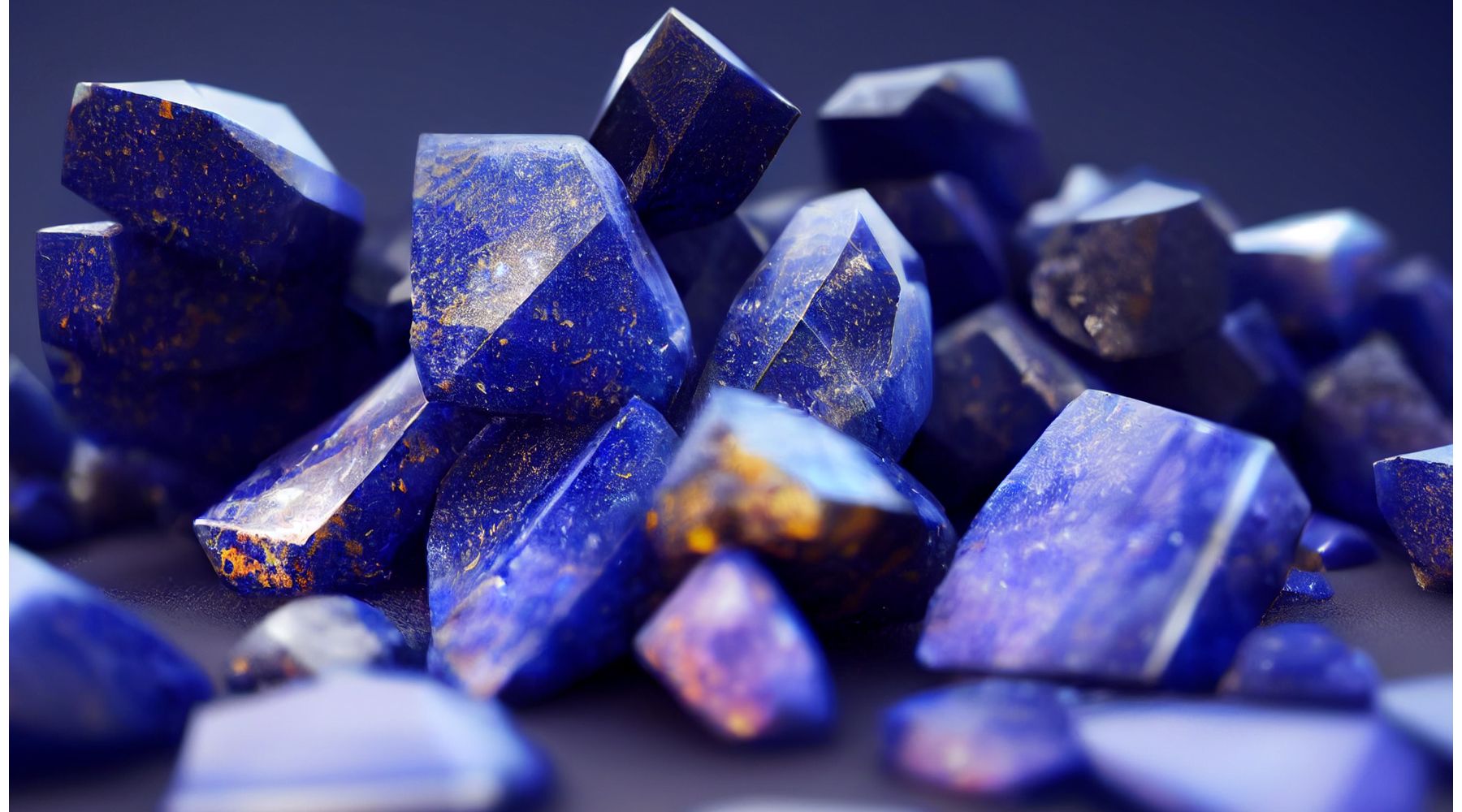
Lapis Lazuli: A Look at This Gemstone's Use in Jewellery
Lapis Lazuli - A gemstone that has both fascinated and captivated people for many years. That’s probably the best way to describe the breathtaking gemstone in simple words.
The beauty of Lapis Lazuli is indescribable, but we will try. We will go into the depths of the magnificent gemstone and how it has enchanted whoever has seen it.
Lapis Lazuli - A gemstone that has both fascinated and captivated people for many years. That’s probably the best way to describe the breathtaking gemstone in simple words.
The symbol of status and elegance, this gem is surely a treasure. It offers you a vibrant shade of blue with small golden flecks of pyrite. Ever since its origins, it has been popular in jewellery pieces.
The beauty of Lapis Lazuli is indescribable, but we will try. We will go into the depths of the magnificent gemstone and how it has enchanted whoever has seen it.

Historical Significance of Lapis Lazuli
The primary and historically most significant source of lapis lazuli is in Afghanistan. Specifically, the Sar-i Sang mines in the Badakhshan province have been in operation for over 7,000 years.
In Egypt, the stone received popularity, where the ancient Egyptians held it in the highest esteem. The masks of pharaohs and amulets were often found with lapis lazuli. In fact, the famous funerary mask of Tutankhamun also has the gemstone in its craftsmanship.
In the Middle Ages, the gemstone still held its importance and popularity. They were ground into a powder that is called Ultramarine. Ultramarine was used by artists and considered to be an expensive pigment. You can find it in the most important artworks. For example, the robes the Virgin Mary wears in key Renaissance paintings.
For thousands of years, Lapis Lazuli has been hailed as a treasure, used in the highest regard for the most special pieces of artwork or accessories.
Nature of Lapis Lazuli
The intense and beautiful blue hue of the Lapis Lazuli is often said to remind people about the reminiscent of the night sky. The pigment responsible for this is a mineral called lazurite. Depending on the presence, the blueness of the stones can vary from dark blue to greenish blue.
The deep blue stones are often used in high-end jewellery due to their striking appearance and rarity. While the most desired pieces of the stone are the royal blue ones, that doesn’t mean the greenish blue stones are not loved. They, too, have their own appeal and a certain uniqueness among the already beautiful gems. Each variation offers its unique beauty, making this gemstone a versatile choice for various jewellery designs.
Lapis Lazuli often includes calcite and pyrite. Calcite, a white mineral, often appears as veins or patches. Some appreciate the contrast it creates as opposed to a more uniform colour. On the other hand, pyrite is considered to enhance the overall look of the gem. They are sparkling golden flecks, and it is easy to mistake them for gold due to their brassy lustre.

Types of Lapis Lazuli Jewellery
Lapis Lazuli is a timeless stone; it just cannot go out of style. It speaks royalty, even in the most vintage to contemporary designs. Therefore, jewellery with this gemstone is not only popular to this day but is highly desired.
It isn’t possible to talk about gemstones and not bring up Cabochons! Lapis Lazuli Cabochons are when the stone is shaped and polished into a smooth rounded form. They are non-faceted and can highlight the rich blue colour of Lapis Lazuli. They can then be used for rings, pendants and necklaces.
Lapis lazuli jewellery complements formal attire, such as a stunning gown, exquisitely. The gemstone together with luxurious fabrics like satin or silk will make you look and feel regal. They can be dressed down as well if you want something for regular use. A small stud earring or a small ring with Lapis Lazuli is subtle yet elegant.
How to Determine the Quality and Value of Lapis Lazuli
It is classified as a semi-precious stone, which is a good thing because while it doesn’t compromise beauty, it will not burn a hole in your pocket in comparison to other stones such as diamonds or emeralds. The deep, vibrant colour and of course, the historical significance, still make the Lapis Lazuli a highly prized gemstone.
Several factors play a role in its quality and value. A uniform intense blue colour is most valuable, while the presence of pyrite can add to the appeal. On the other hand, excessive calcite or other minerals may decrease the value. The design of the jewellery as well as the craftsmanship will also add to the overall value.
Benefits and Symbolism
Lapis Lazuli, for its royal blue colour, has symbolised regality and power, but its symbolism does not end there. A lot of people believe the gemstone to be spiritual and enlightening. It is believed to be able to ward off evil and bring good fortune and peace. This is why, a lot of amulets and talismans have lapis lazuli. Apart from being compared with the night sky, it has been linked to the heavens and the divine.
The gemstone is also used for spiritual practices and meditation. Many believe that it can reduce stress and anxiety as it promotes inner peace and self-awareness. While there is no scientific claim to it, the positive thoughts attached to this gemstone can have positive psychological implications. Many also believe lapis lazuli possesses healing properties. The powder from Lapis Lazuli used to be worn to improve eyesight.
How To Identify Genuine Lapis Lazuli
Lapis Lazuli has very distinct characteristics, so they are easy to spot. They can be identified by a rich blue colour with golden flecks of pyrite and minimal white calcite veins. It should feel cool to the touch and should have a uniform colour if it’s a valuable piece. Due to its composition, lapis lazuli feels heavier than its size might suggest.
However, imitations such as dyed howlite or synthetic stones are common so you should be cautious. These fakes are “too” uniform in colour without the pyrite and calcite found in genuine Lapis Lazuli. It is best to consult a reputable jeweller, or you can look for inconsistencies in texture and colour.
Care and Maintenance
Lapis Lazuli is relatively soft and likely to get damaged and scratched. So, its beauty must be protected with utmost care from your side.
There is no need to use any harsh chemicals or ultrasonic cleaners. Mild soap and water are enough. Use a soft cloth and damp it lightly with your liquid mixture. Make sure the stone is dried afterwards.
Store the gemstones separately in a soft pouch or compartmental jewellery boxes to protect them from damage. Keep them away from sunlight as it can cause fading of the colour.
Also Read: A Guide to Lapis Lazuli Jewellery - Care, Quality & Best Forms
Conclusion
Unlike a lot of stones, this highly valued gem isn’t about the big price tag but the rich historical story it brings with it.
Understanding its unique characteristics will help you appreciate the value of Lapis Lazuli jewellery and how you can truly take care of it.
Explore the collection of Argent & Asher to find your perfect Lapis Lazuli jewellery today!


